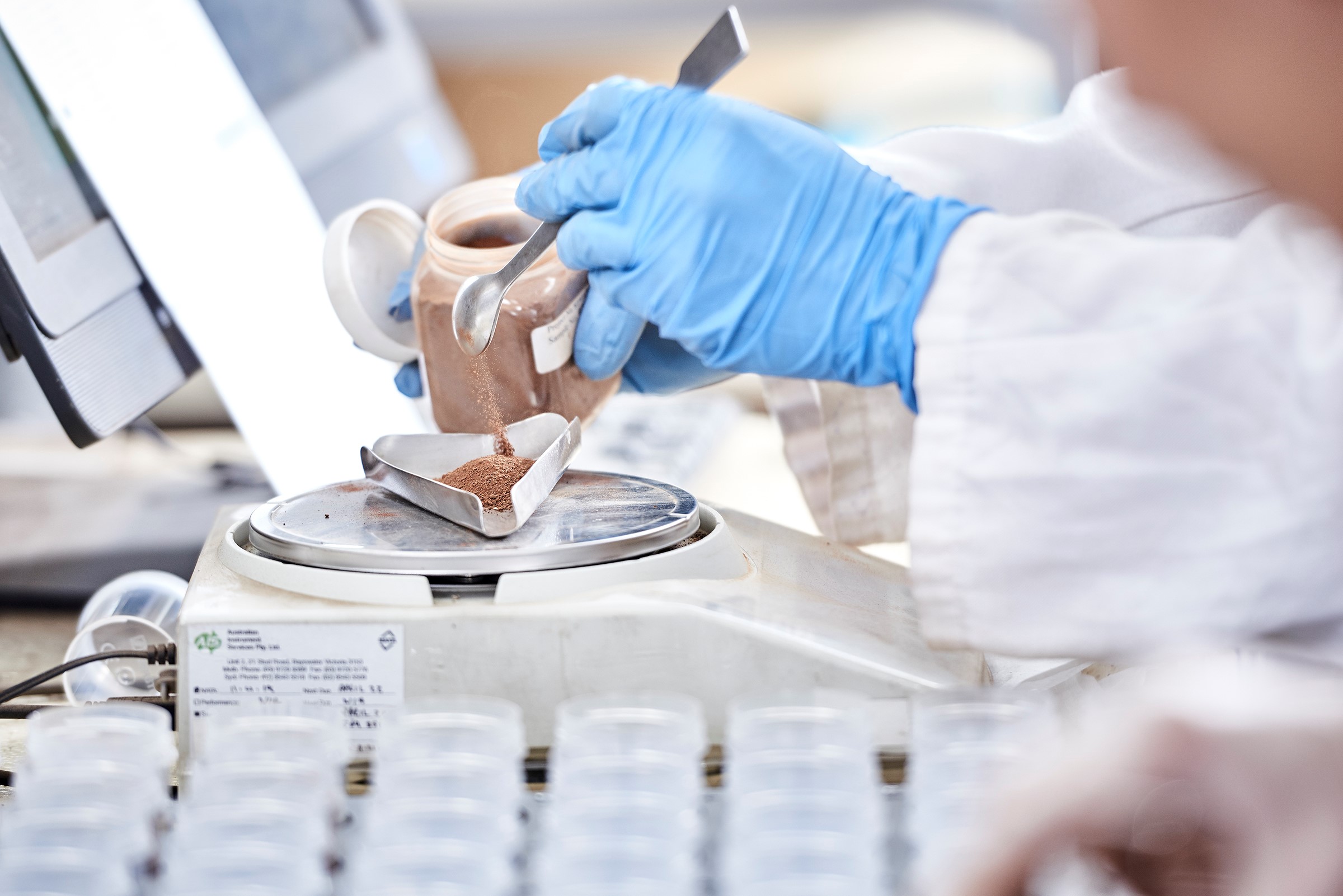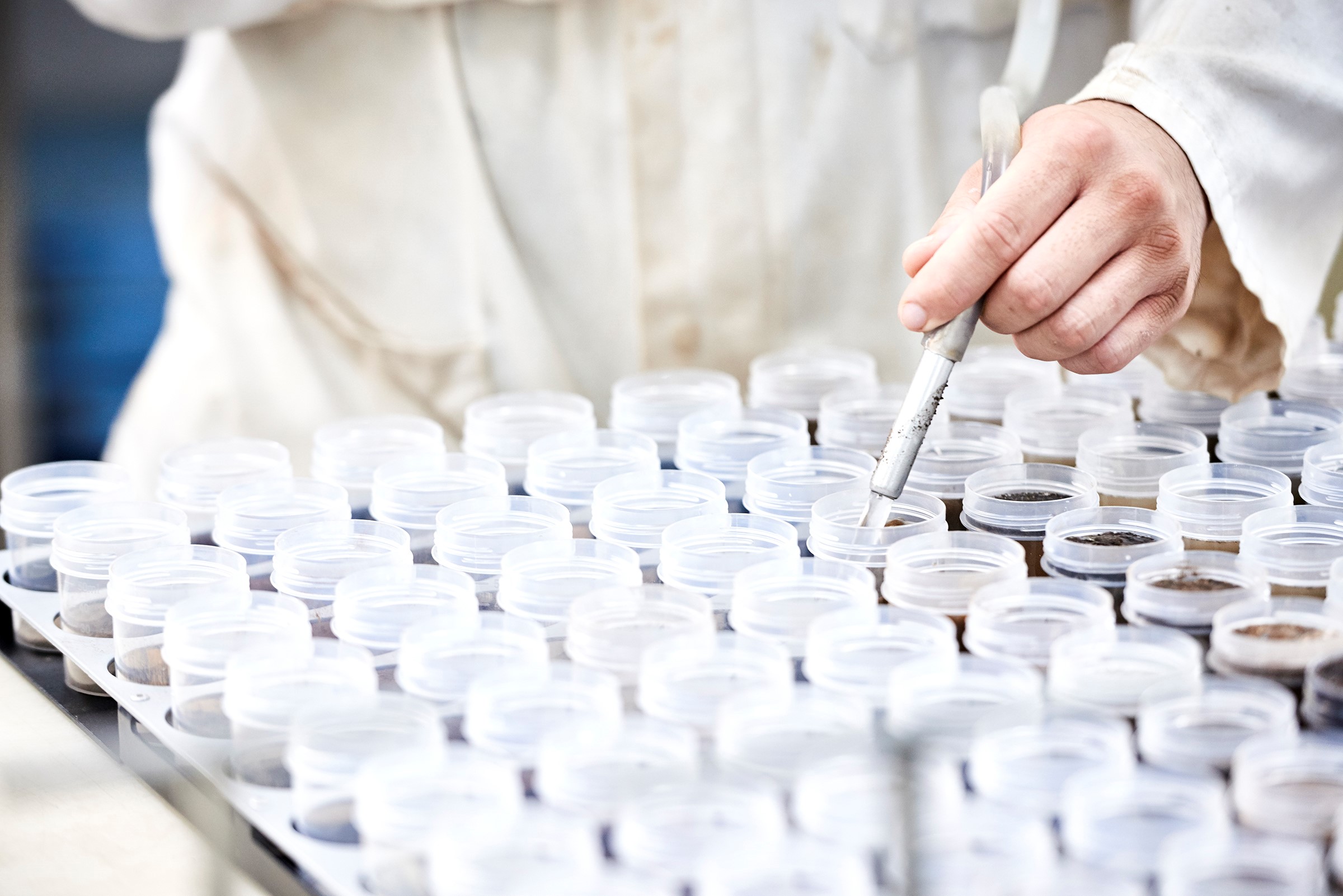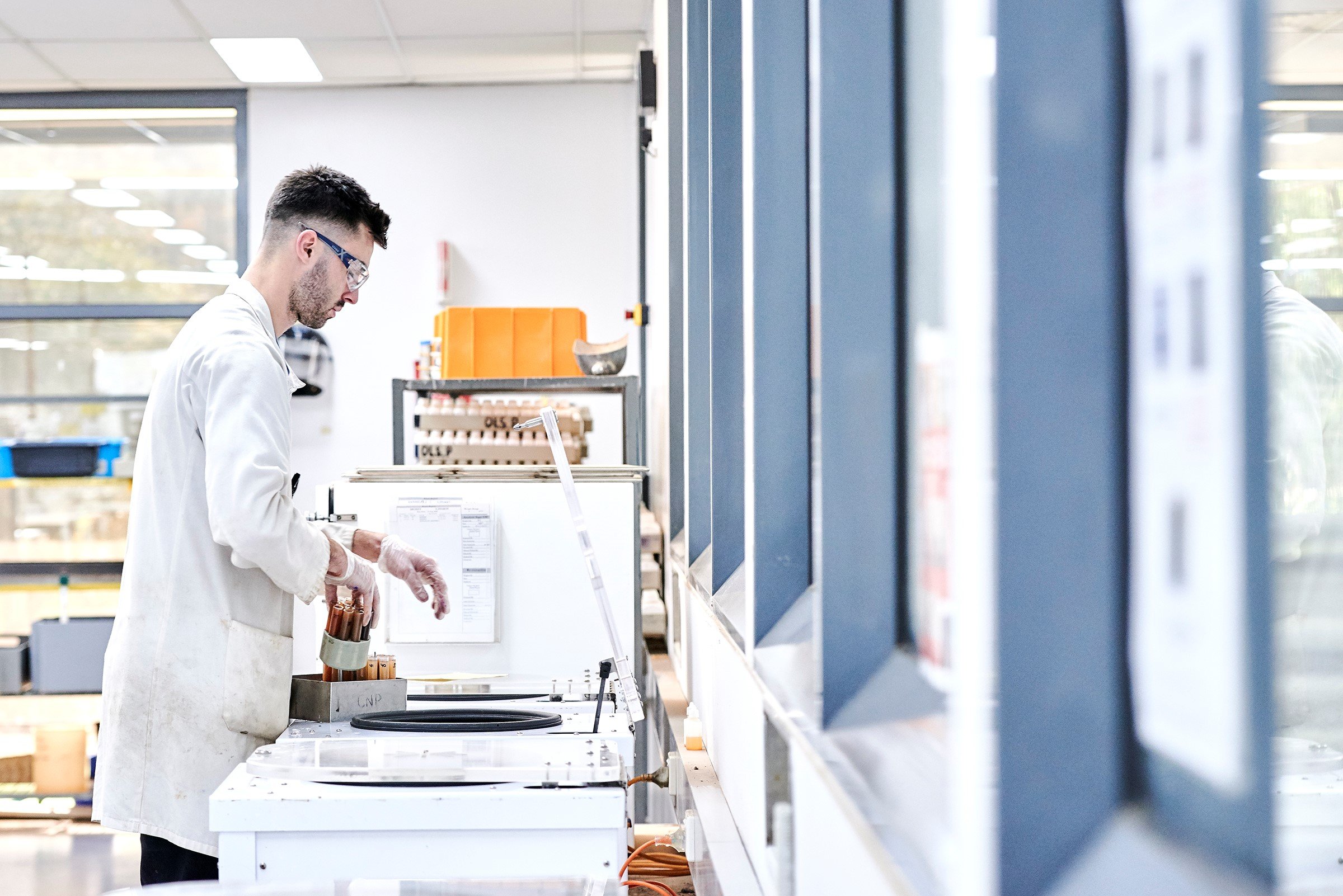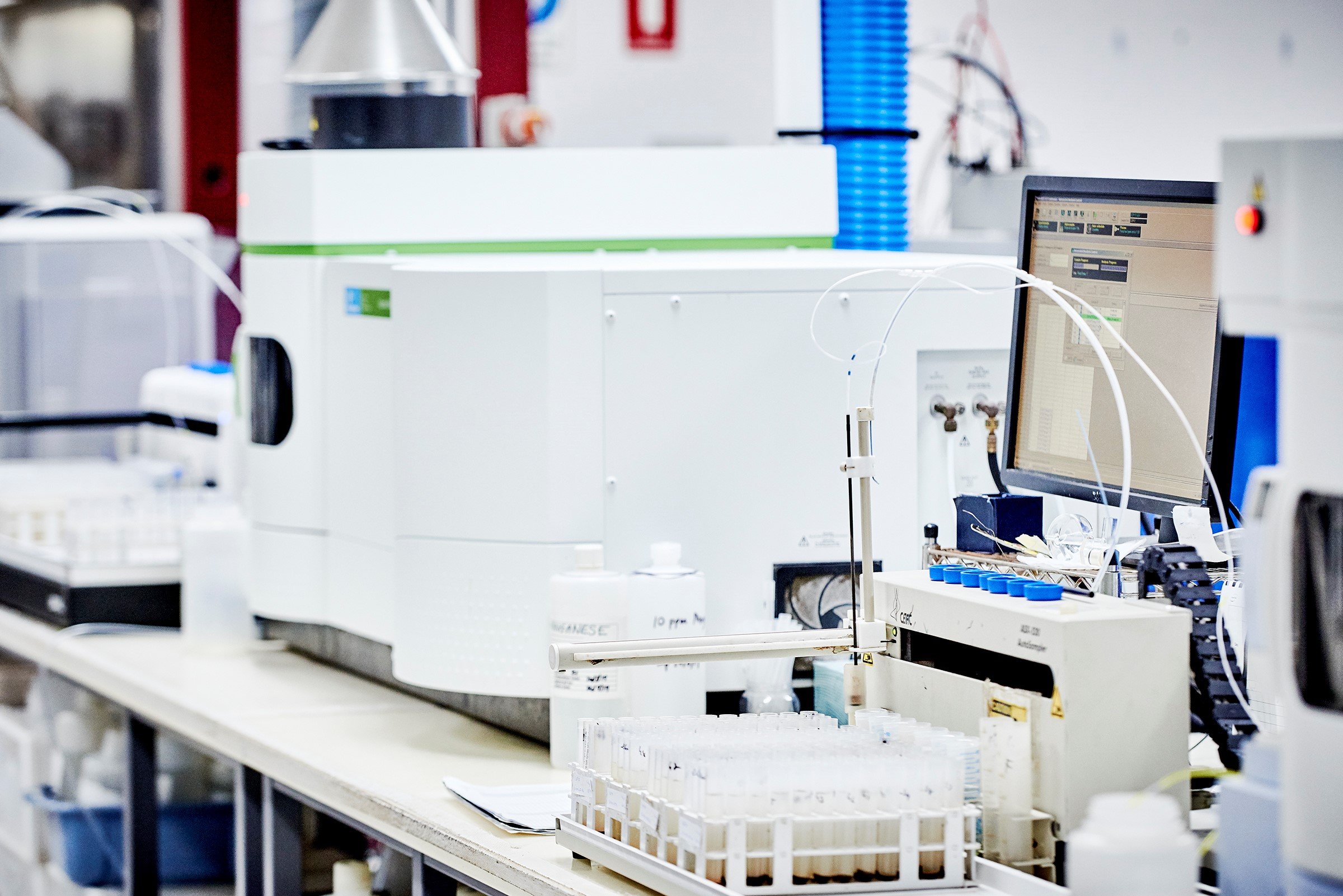Soil analysis under the microscope
Dec 2, 2019We all know the importance of soil testing and the valuable data it can provide for sound fertiliser and soil amendment recommendations. But have you ever wondered what goes on in the Nutrient Advantage® laboratory after you’ve sent in your soil sample?
Click here to download this article
The process starts when samples arrive each morning. We receive samples from all the major courier companies and Australia Post. The first stop for these sample bags is the prep room, where they are sorted and logged in to the system (Photo 1).

At this point, your sample status in Nutrient Advantage Pro will change from ‘in transit’ to ‘being tested’. Each sample (and its requested tests) is logged into the system so the laboratory team can track where the sample is at all times. All samples are processed on the day they arrive, even in peak periods.
The first step is the hands-on texture testing (colour, slaking and dispersion) and, if requested, moisture testing. Then the samples are then dried in our commercial ovens at 40OC, before being ground. As the soil comes out of the grinder, a sub sample is collected from mid-flow in a sample jar. The drying and grinding process helps ensure a homogenous soil sample for testing.
The soil sample jar then moves into the wet lab where the soil is prepared for the requested nutrient tests. A set amount of soil is taken from the sample jar and mixed with an extractant (Photos 2 and 3).


Depending on the tests being conducted, the mix may be tumbled or stirred or placed in a centrifuge machine for a period of time to extract nutrients (Photo 4).

Each soil test has a specific method. For example, phosphorus testing can be conducted in three ways – using the Colwell P method, the Olsen P method or the BSES P method. All of these involve different processes in the laboratory and are calibrated for different crop and pasture systems. The Nutrient Advantage laboratory offers a wide range of test types.
Once the samples have been through the wet lab, they go to the instrument room. In here, the majority of the testing process is automated using highly accurate and reliable instruments designed for precision analysis (Photo 5).


Photo 5: Automated instruments are used to complete the analysis.
As each batch of samples goes through the instrument for testing, they are compared with two samples of known value and a blank sample. One randomly selected sample is duplicated. This helps pick up any anomalies in the results or contamination.
Each piece of equipment also has built in checking systems to ensure it’s working properly and providing reliable results. If it’s not, the Nutrient Advantage laboratory technicians can intervene, determine the problem and run the test again.
At this stage, the results are generated from your soil test. In some instances, the results are provided to customers as raw data, but more often the results are entered into the Nutrient Advantage Pro system to generate reports and recommendations for advisers and their farmer customers.
There is usually some soil left in the sample jar at the end of the testing process. This is kept on site for a minimum of three months before disposal or return the customer.
The Nutrient Advantage laboratory team is extremely efficient and reliable. They receive thousands of samples a month for a wide range of tests, and manage to get through this mountain of work thanks to a combination of skill, dedication to quality-assured systems and a well-equipped and well-maintained laboratory.
The laboratory is audited and accredited by the National Association of Testing Authorities (NATA) for compliance to the AS/ISO 17025 standard. Regular proficiency testing with the Australasian Soil and Plant Analysis Council (ASPAC) also helps ensure accurate and reliable results. They aim to get it right first time, every time and are tracking at 99.99% on this long-term.
However, the laboratory team can only work with the soil sample they are given, so taking a clean, representative sample is essential. This can be a significant challenge, given that only 500 grams of soil is taken to represent whole paddocks, or even whole farms, and is distilled down to a spoonful in the laboratory.
Always use a planned sampling approach which considers why samples are being taken, the number of cores needed per sample and where these will be taken. The Fertcare® sampling guide is available on the Nutrient Advantage website to assist with correct sampling procedures.
For more information on the Nutrient Advantage laboratory, visit www.nutrientadvantage.com.au.
®Incitec Pivot Fertilisers and Nutrient Advantage are registered trademarks of Incitec Pivot Limited. Incitec Pivot Fertilisers is a registered trademark of Incitec Fertilisers Limited ABN 56 103 709 155. Incitec Pivot Fertilisers is a business of Incitec Pivot Limited ABN 42 004 080 264. ®Fertcare is a registered trademark of the Australian Fertilizer Services Association. This is a guide only, which we hope you find useful as a general tool. While Incitec Pivot Fertilisers has taken all reasonable care in the preparation of this guide, it should not be relied on as a substitute for tailored professional advice and Incitec Pivot Fertilisers accepts no liability in connection with this guide.